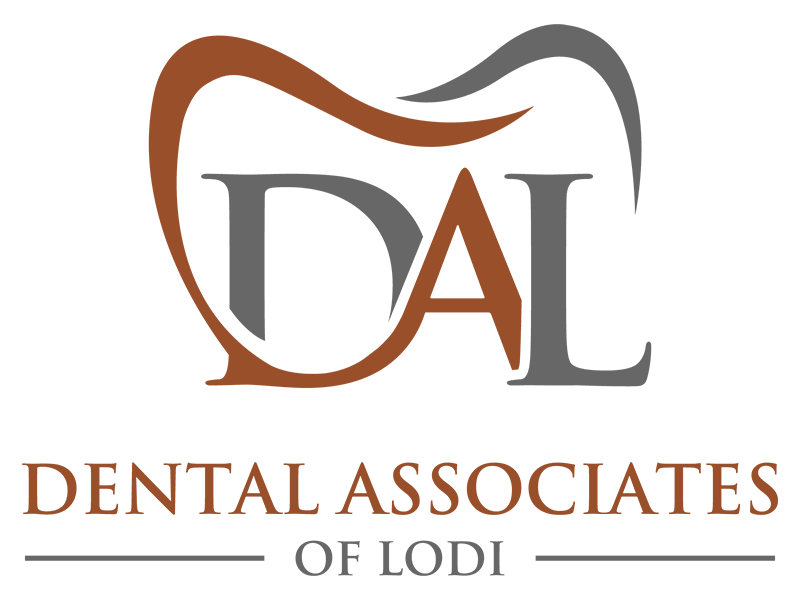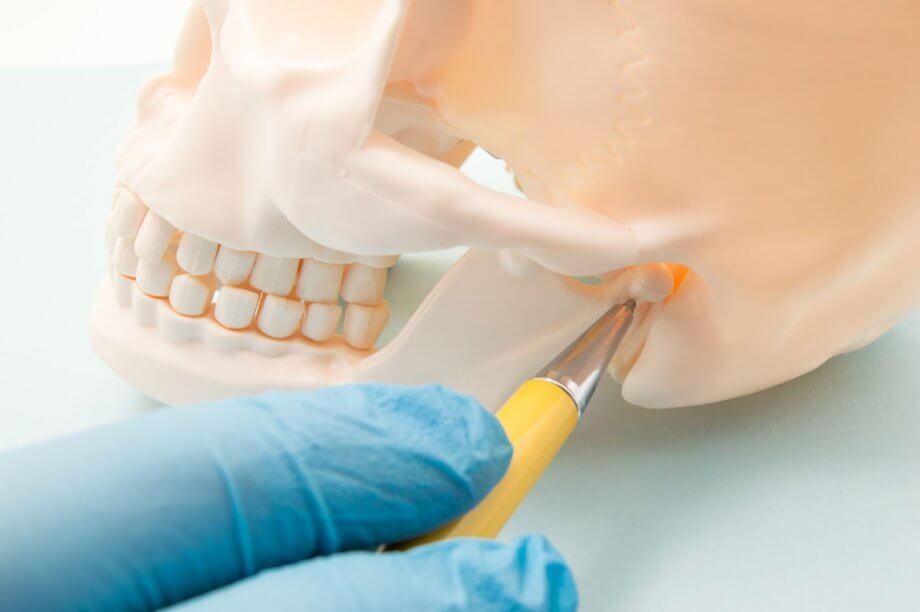On both sides of your jaw, a temporomandibular joint (TMJ) acts as a sliding hinge whenever you open or close your mouth. Without these joints and the jaw muscles and ligaments surrounding them, you wouldn’t be able to bite, chew, speak, or swallow. Despite their importance, most people don’t give much thought to their TMJs—unless they become painful. Here are some of the most common treatment options for TMJ disorder.
Self-Care Strategies for TMJ Pain
The National Institute of Dental and Craniofacial Research advocates a “less is often best” approach to TMJ disorders, starting with at-home care for reducing pain. These treatments can often be successful, particularly in patients who have mild TMJ disorders or symptoms that come and go. Some of these self-care strategies include:
- Sticking to a diet of soft, easy-to-chew foods during flare-ups
- Avoiding bad habits like nail biting, chewing on ice, and gum
- Using heat packs, cold compresses, or a combination of both to alleviate symptoms
- Practicing relaxation techniques to release tension in the jaw
- Taking over-the-counter anti-inflammatory pain relievers (NSAIDs) when needed
Although it’s certainly easier said than done, if your TMJ symptoms are aggravated by stress, getting your stress levels under control can help as well.
Conservative TMJ Treatments
For some patients, at-home care doesn’t provide relief. In these cases, it’s time to see a dentist. Dr. Liao specializes in diagnosing and treating TMJ disorders. His first step will be to determine the underlying cause of your TMJ pain. By doing so, he can decide which treatment option has the best potential to relieve your symptoms. Conservative TMJ disorder therapies include:
- Targeted physical therapy exercises that strengthen the jaw muscles
- Prescription pain relievers, anti-inflammatory medications, or muscle relaxants
- Botox injections to relax tense jaw muscles
- Stabilization splints that prevent nighttime jaw clenching and teeth grinding
- Orthodontic treatment to correct bite issues
- Adjusting or reshaping teeth to fix an uneven bite
Although the last two treatment options on the list are less conservative than the others, they’re still less invasive than surgical solutions. Correcting bite issues that may be causing TMJ pain can have other benefits as well, including lowering the risk of cracked or broken teeth and improving the appearance of your smile.
Surgical TMJ Treatments
Surgical TMJ disorder treatments are considered a last resort for TMJ pain. These treatments are irreversible and there is controversy about whether they are effective. If you haven’t found relief with non-surgical conservative TMJ treatments, it’s best to begin with the most conservative surgical TMJ treatments like arthroscopy rather than joint replacement.
The good news is that most patients can get their TMJ symptoms under control with less invasive therapies. Often a combination of self-care strategies and one or more conservative treatment option can make a significant improvement in patients’ pain and even their overall quality of life.
Learn More About TMJ Disorder Treatment
If you have temporomandibular joint pain, there are a number of options available for treatment, but finding the right one for you takes a skilled doctor who understands TMJ disorders. Contact us today at 862-247-8030 to schedule an appointment with Dr. Liao.


